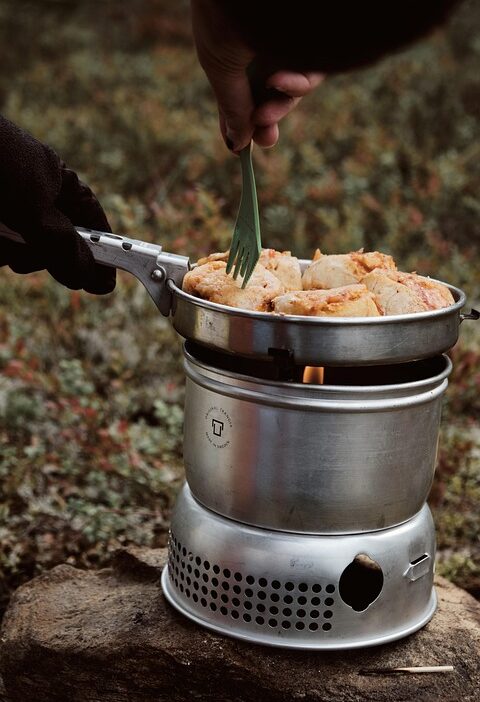Frying is a culinary technique that can elevate even the simplest of ingredients into a mouthwatering masterpiece. Whether you are sautéing vegetables, frying chicken, or crafting a perfect omelet, mastering frying skills is essential for every home cook. Here’s a deep dive into the essentials of frying, ensuring a delicious result every time.
Understanding Frying Techniques
Frying can be categorized into several techniques, each with its unique benefits and applications:
1. Pan-Frying
Pan-frying involves cooking food in a moderate amount of oil over medium heat. This method is perfect for cooking meats, fish, and vegetables that benefit from a crispy exterior while remaining tender inside.
Tips for Success:
- Use a heavy-bottomed skillet for even heat distribution.
- Ensure your oil is hot before adding food; you can test by dropping a small piece of the ingredient in — it should sizzle.
- Avoid crowding the pan; this can lower the oil temperature, leading to soggy results.
2. Deep-Frying
Deep-frying immerses food completely in hot oil, resulting in a crunchy, golden exterior. This technique is commonly used for snacks and desserts, from French fries to doughnuts.
Tips for Success:
- Choose oils with a high smoke point, like canola or peanut oil.
- Use a thermometer to maintain the oil temperature between 350°F to 375°F.
- Drain excess oil after frying by placing the food on a wire rack or paper towels.
3. Sautéing
Sautéing is a quick cooking method that uses a small amount of oil in a hot pan. It’s ideal for cooking vegetables and proteins rapidly to enhance their flavors without losing moisture.
Tips for Success:
- Cut ingredients into uniform sizes for even cooking.
- Keep the food in constant motion to avoid burning.
Choosing the Right Frying Oil
Another critical factor in frying is selecting the appropriate oil. Different oils have distinct flavors and smoke points, which can affect the final taste of your dish. Here are some common choices:
- Olive Oil: Great for pan-frying and sautéing due to its rich flavor but should not be used for deep-frying as it has a lower smoke point.
- Vegetable Oil: A versatile and neutral option for all frying methods.
- Coconut Oil: Adds a unique flavor and is suitable for high-heat frying.
- Peanut Oil: Excellent for deep-frying due to its high smoke point and mild flavor.
Common Ingredients and Their Frying Techniques
Different foods require different frying techniques for optimal results. Here’s a breakdown:
- Proteins (Chicken, Fish, Tofu): Use pan-frying or deep-frying. Ensure the oil is hot enough to create a crispy crust.
- Vegetables: Sautéing is ideal for a quick, vibrant dish, while deeper frying can be fantastic for tempura.
- Potatoes: Both pan-frying and deep-frying can yield delicious French fries or crispy hash browns.
Food Safety and Frying
Safety is paramount when frying. Hot oil can be dangerous if not handled properly. Here are essential safety tips:
- Always stay near the stove when frying and avoid distractions.
- Never pour water into hot oil; it can cause a dangerous splatter.
- Keep a fire extinguisher handy, and know how to use it.
- Allow the oil to cool before disposing of it, and use appropriate containers.
Conclusion: The Art of Frying
Perfecting your frying skills can transform your kitchen experience, making it more enjoyable and your dishes more delectable. By understanding the techniques, selecting the right oil, and following safety guidelines, you can master the frying process.
As with any cooking method, practice makes perfect. Explore various recipes, experiment with flavors, and soon you’ll go from pan to perfection, impressing family and friends with your newfound frying prowess!
Frying, with its ability to tantalize taste buds and create comfort, is not just a technique but an art form waiting to be mastered in every home cook’s kitchen.



